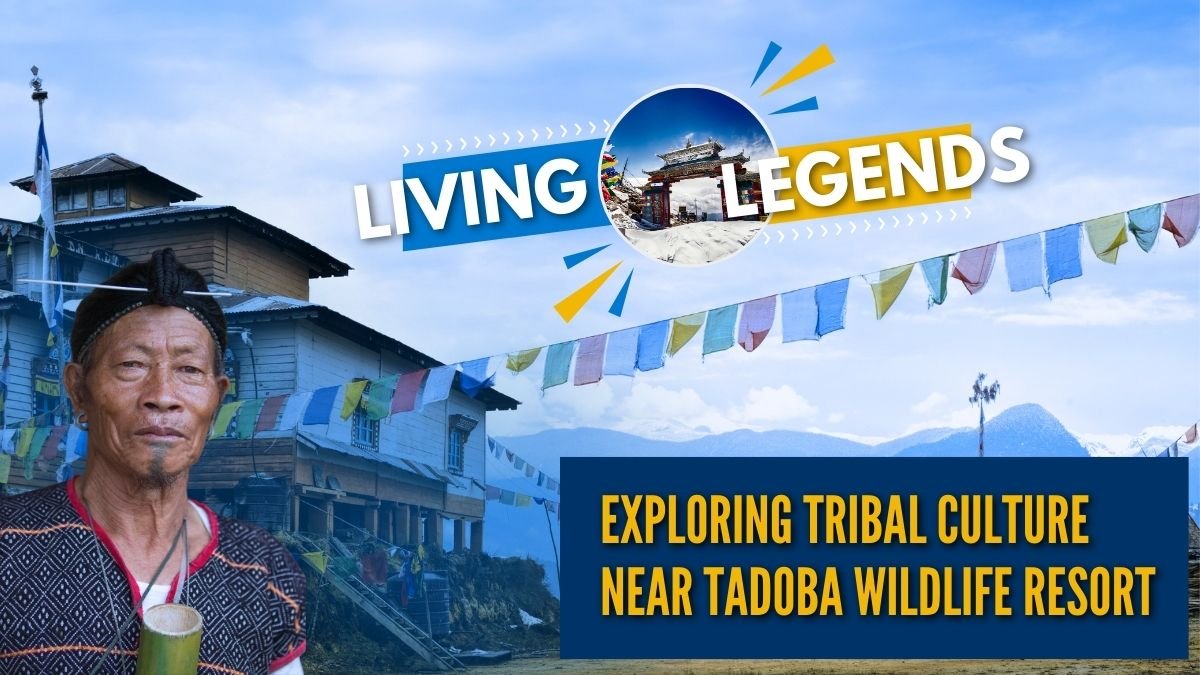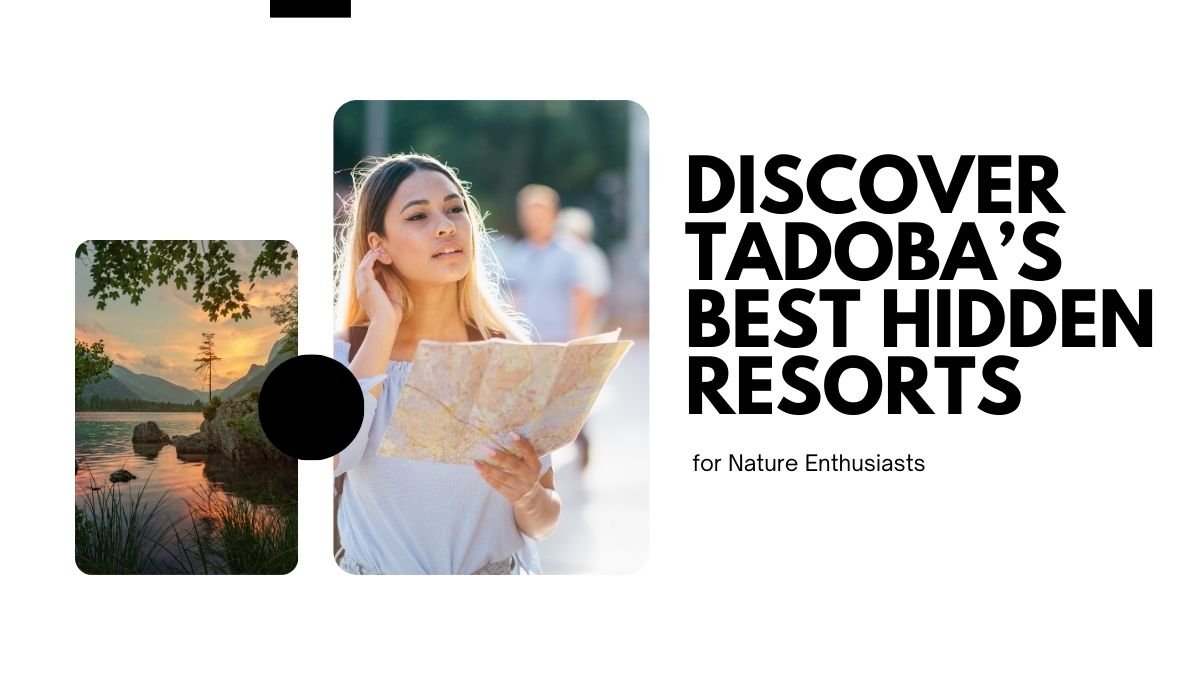Experience the Tribal Culture around Tadoba: the Communities of Gonds and Kolams
The Adiwasi Maharashtra region encompassing Tadoba has been visiting more than tigers and wildlife; it also houses a very important central corridor of tribal culture and traditional life. This area is considerably inhabited by the two principal tribal communities, Gonds and Kolams, both of whose lifestyles relate to forest dependency. They have lived together as a community for generations and relied on resources from the woods.
To visit these communities and learn their culture can really cap a very colourful chapter in anyone’s jungle experience. Most resorts in Tadoba near Moharli and Jhari Gate partner with local communities to offer firsthand experience of tribal culture to their guests. Ultimately, it brings tourism as well as cultural awareness, alongside common prosperity for local communities.
Engaging with the Gond and Kolam Worlds
Arts and Crafts
The Gond communities are now world famous for their paintings. The paintings are filled with tiny dots, lines, and bright colors. They picture scenes of animals, forests, folklore, and life of the tribes, portraying how humans and nature can harmoniously co-exist.
For example, resorts like Red Earth Tadoba showcase Gond paintings in their walls and gift shop. The money spent on these paintings directly benefits the artists as they are not forwarded to any middlemen, but to the communities.
The Gond and Kolam communities also make pots, weave textiles, and construct jewelry. Many resorts provide opportunities to see the masters at work. Some resorts organize art workshops where guests can create simple crafts using the tribal art form interactively. This, aside from being an understanding of their art, conveys much about tribal life based on patience, creativity, and skill.
Dance and Music
Music and dance are parts and parcel of life in the tribals. It is said that Madia Gond is the best dancer among the various groups of the Gond. His dance reminds the tribal people of fantastic folk tales, nature, and mundane life narrated by drums and songs.
Culture evenings are often held in resorts for guests, where they can witness these forms of traditional dance as part of an entertainment program. They can join in and, as others take part in the ritual, enjoy the dance spectacle. You will catch the bristling vitality and rhythm of a storytelling saga in tribal life.
Kolams sing and dance in celebration of every festival, changing seasons, or while worshipping some of their local deities, capturing both the subsistence and spirituality they share with their land and the forest. Watching these performances lends insight into their social and spiritual life.
Daily Life and Village Tours
The best way of understanding the culture of Gond and Kolam would probably be a visit to their villages, and indeed, plenty of resorts offer such tours to tribal villages around the buffer zone of Tadoba. Here, you find how the tribals use the forest for farming, making crafts, and collecting resources.
For example:
- Women cook traditional food and use local spices.
- Legends and tales of gods and goddesses are narrated by the elders.
- Children indulge in ancient learning, forest knowledge, and normal education.
Such experiences show that these tribal communities have learned to cooperate, turn resilient, and maintain a balance in living with natural resources.
Food as well as Culinary Experiences
Food itself is important in every culture. The cuisines of the tribal communities in Tadoba present tastes and nutrition. It can serve spicy curries, millet rotis, dal, and local items.
Some resorts also offer bush dinner experiences, where food is prepared right in the forest, traditionally cooked over firewood or coal. The natural sound and aroma provide thrill while tasting local flavors, as well as savoring food based on forest ingredients.
Resorts Incorporating Tribal Culture
Many resorts around Tadoba ensure that the tourism activity benefits local communities and respects the culture. Staying at such resorts makes every visit all the more meaningful and memorable.
Red Earth Tadoba
- Employs local Gond people.
- Resort displays Gond paintings purchased by guests.
- Staff help guests understand wildlife, plants, and cultural context.
Tathastu Tadoba – The Tiger Village Resort
- Near Moharli Gate, convenient to safaris.
- Organizes cultural programs and pottery workshops.
Waghoba Eco Lodge
- Locally inspired tribal architecture and eco-friendly designs.
- Provides nature walks and unveils cycling tours that pass through villages.
Planning Cultural Experiences
Some additions that can further enrich and respect your experience at Tadoba are:
- Choose resorts that do community-centered tourism.
- Choose resorts promoting local employment and art.
- Guided exposures to the village: Join resort-organized small village tours or hire a local operating village tour. The guide will help you understand the customs, beliefs, and lifestyles of the Gond and Kolam.
- If you’d like to take a photo, please ask permission and don’t disturb any ceremonies or routines.
- Support Local Artists: Purchase crafts, crocheted ornaments, or paintings made directly by artists or at resort shops.
- Respect local customs: Dress modestly and appropriately when visiting villages. Touch nothing without permission. Care concerning cultural and spiritual sentiments whenever in a festival or a religious ceremony.
Conclusion
For most of us, meeting the Gond and Kolam communities of Tadoba would be more than a tourism experience—it would be much about culture!
You have extracted some features of their art, music, and dance.
Village tours and peeks into everyday life.
Local foods involve forest-based culinary experiences.
The true sentiment of a visit to Tadoba is its ability to make real connections: to the forest, to culture, and to peoples. With the right accommodation, visiting villages, promoting artists, and, most importantly, following their customs, your visit will not only create unforgettable memories but will drive social change in the community that hosts you.
Not just seeing tigers but learning about the bond between man and nature, experiencing tribal wisdom and tribal art, and making memories that would last a lifetime.









